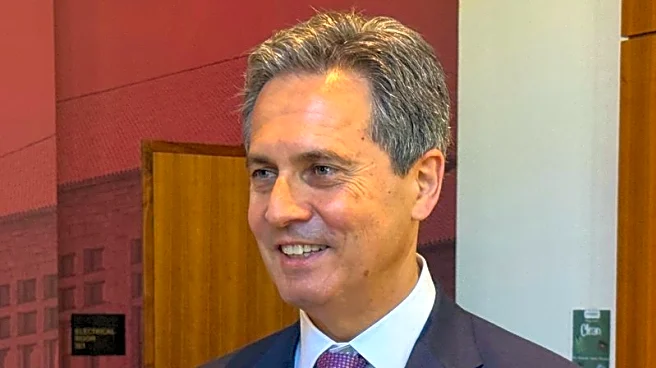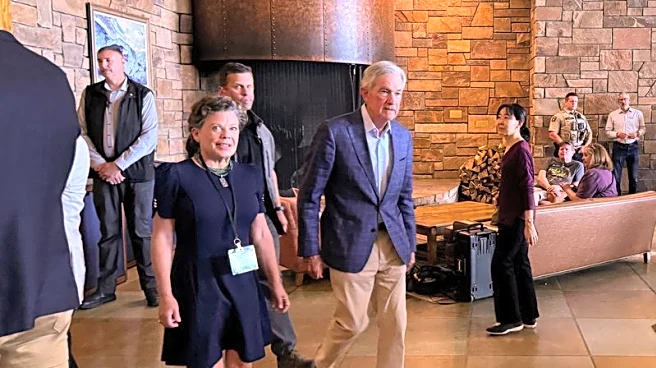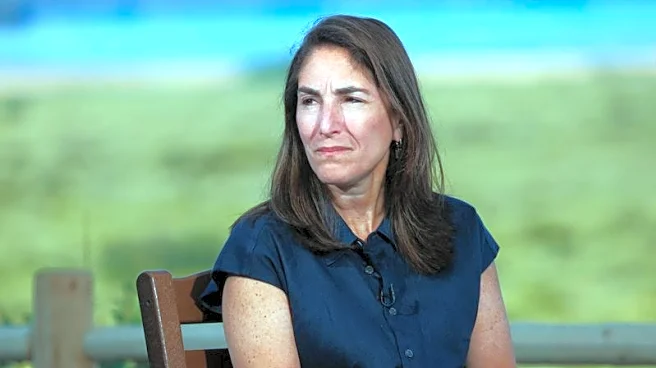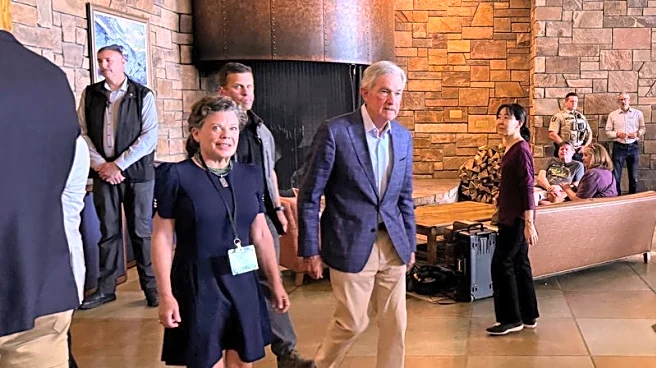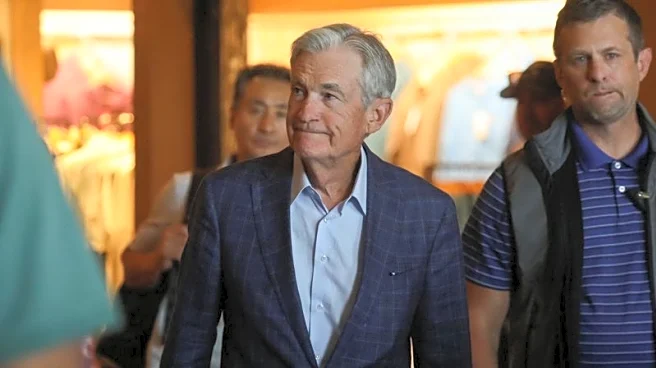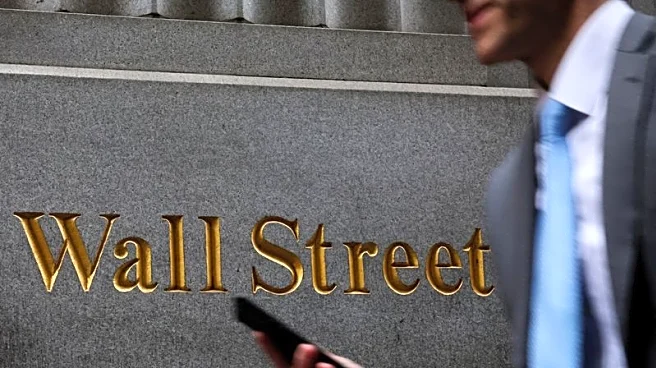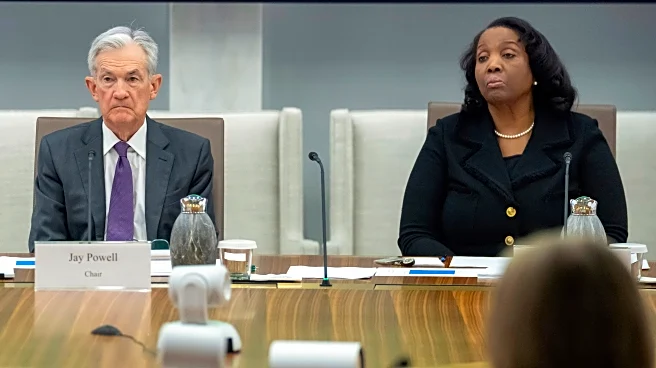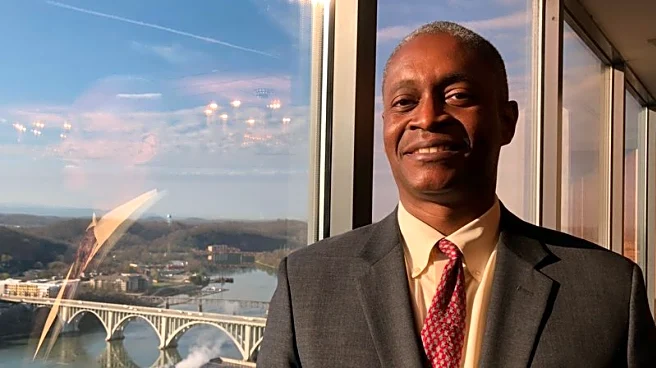By Howard Schneider
JACKSON HOLE, Wyoming (Reuters) -St. Louis Fed President Alberto Musalem said on Friday he will need more data before deciding to support a rate cut at the Fed's September 16-17 meeting given that inflation is above the Fed's 2% target and is expected to move higher, while risks to the job market have yet to be realized.
"It is real that inflation is running closer to 3% than to 2%. That's real, and there is a possibility, not the base case, that there could be some persistence,"
Musalem told Reuters. "So that's one risk against the unrealized risk, not real yet, of a potential labor market deterioration."
"Policy now is in the right place for a full employment labor market and inflation running above target. It's in the right place ... to be leaning against inflation," Musalem said. "But that's at a full employment labor market. If you happen to assess there's risk to the labor market, then that initial policy setting needs to be adjusted."
"I will be updating my outlook and balance of risks all the way up and until two days, three days before the meeting," he said. "Then I'm going to decide."
Musalem spoke on the sidelines of the Fed's annual research conference here, where Fed Chair Jerome Powell in morning remarks pointed to a possible September rate cut given a "base case" that tariff-driven inflation would likely fade, while risks to the job market appeared to be rising.
"The baseline outlook and the shifting balance of risks may warrant adjusting our policy stance," Powell said, words that investors construed to mean that rate cuts are coming.
However, "the operative word there is 'may,' I think," said Musalem, a voter on interest rate policy this year.
His more noncommittal approach showed the ongoing reluctance among some policymakers to lower interest rates while inflation was both above the Fed's target and at risk of moving higher.
Musalem said he agreed that his base case was now for tariffs to have a short-lived impact on inflation, while slowing economic growth posed greater risk of a slide in the job market.
But he said he was hoping to get a fuller understanding of where the economy is heading to develop an opinion "about the whole path ... For me it's not just about September."
At the September meeting Fed policymakers will provide updated projections of where they think inflation, the unemployment rate and interest rates are heading. Prior to that they will receive what could be a pivotal jobs report, covering the month of August, that could either confirm the weakness some policymakers worry is developing, or leave intact the current assessment of an economy operating around full employment.
"Uncertainty is to some degree lifting," Musalem said. "We now have the outline of fiscal policy. We have the outline of trade policy. Now we know immigration policy. The more data we get, the better...I'm going to be able to assess, are tariffs passing through or not, and whether the labor market risks are real."
(Reporting by Howard Schneider and Ann Saphir in Jackson Hole, Wyoming; Editing by Dan Burns and Matthew Lewis)
